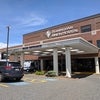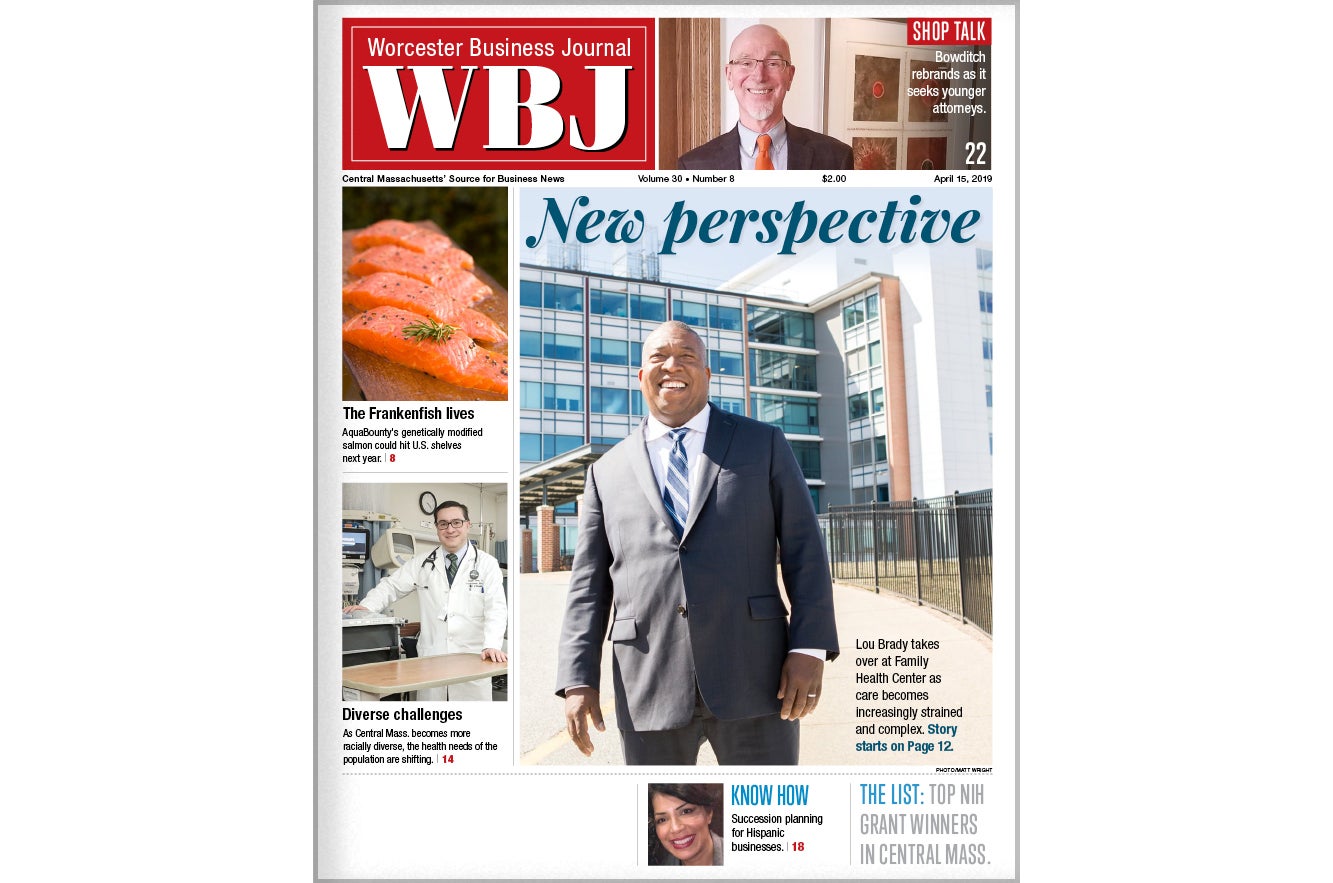Weak Economy, Higher Tuition Lead To Increase In Student Loan Defaults
The average four-year university student in Massachusetts graduates with $25,541 of debt, the 12th highest in the country.
And thanks to higher tuition and costs, coupled with a weakened economy, students are having more trouble finding jobs to pay back that debt.
Carl Van Horn, a professor of public policy at Rutgers University, said students who graduated in 2009 and 2010 with a bachelor's degree earned a median salary 10 percent lower than those who graduated in 2007 and 2008.
"There's a salary penalty for entering an economy that is weak," Van Horn said. "As such, it's difficult for them to earn enough money to pay off their loans."
Student debt has entered the national spotlight in recent months. The Occupy Wall Street movement has called for loan forgiveness, and President Obama has moved to fast-track a program that caps loan repayments at 10 percent of discretionary income and forgives the debt after 20 years of payments.
Default rates on federal student loans are rising. They now stand at 8.8 percent, the highest since 1997, according to the U.S. Department of Education.
One in 17 student borrowers in Central Massachusetts — or about 6 percent — failed to repay loans due between 2008 and 2009, compared to one in 19 (about 5 percent) the year before, according to DOE data. Borrowers whose loans become due in a given year are known as a "cohort."
Government default rates only count defaults on government loans.
Approximately 15 percent of students with federal loans default within five years of graduating or leaving school, according to a 2010 report by the Washington, D.C.-based Institute for Higher Education Policy.
Defaults Up At For-Profit Schools
For-profit schools in Central Massachusetts posted the highest default rates, averaging 9 percent, up from 7.2 percent the year before. Nationally, they average 15 percent.
By comparison, defaults at area public institutions, such as Worcester, Fitchburg and Framingham state universities, Quinsigamond and Mount Wachusett community colleges, ticked up by only 20 students, a negligible increase. Nonprofit private colleges in the area had 56 more students default than the year befor. The for-profit education sector varies widely, from vocational schools for beauticians and massage therapists to schools that offer MBAs.
Seven of the 40 proprietary schools registered in Central Massachusetts are eligible for federal loans, which allows the government to track their default rates.
Perhaps the most obvious presence of for-profit education in the area exists on Research Drive in Westborough, where the University of Phoenix logo is displayed prominently across the top of a four-story reflective building.
With 170 campuses nationally, Phoenix is a giant among proprietary schools.
Owned by Apollo Group, Phoenix (and some of its peers) has faced scrutiny by regulators for its default rates.
Defaults at all Phoenix campuses jumped from 12.8 percent in 2008 to 18.8 percent in 2009. Nationally, the default rates for such schools increased from 11.6 percent to 15 percent.
Chad Christian, director of public affairs for Phoenix, provided a statement from the university about its rising default rates.
"It's no secret that Americans continue to face a challenging economy and a tough job market. Accordingly, in 2009, colleges and universities throughout the country saw an increase in default rates, as many working Americans were finding it increasingly difficult to make ends meet."
Phoenix reports its federal loan default numbers to the Department of Education as a combined total, which is permissible, an agency spokeswoman said.Therefore, its local student defaults do not count toward the Massachusetts student default average.
The for-profit West Boylston-based Salter College saw its federal loan defaults rise from 7 percent to 9.5 percent.
William Anjos, a member of Salter's board of directors, said in an email that the school is forecasting a modest decrease in its cohort default rate for FY 2010. "To us, the cohort default rate is more a measure of individual fiscal responsibility than a measure of the quality of the institution."
Anjos said Salter adheres to job placement performance standards required by its national accrediting agency. He said the college teaches students about resume writing, requires a five-week internship and holds career fairs.
Nonprofits' Response
Students are customers, and approximately two thirds of them need loans, according to a recent report from the Project on Student Debt.
"It's just sort of the way of the world. You can't fully meet a student's need without some anticipated debt on their part," said Mary Ellen Severance, director of financial aid at Clark University.
Some potential students and their families analyze default rates as a quality measure. A rising rate could mean fewer applications.
Though the 4.7 percent default rate for Massachusetts colleges is well below the national average, administrators are closely monitoring their rates and some have shifted strategy.
Lynne Myers, director financial aid at College of the Holy Cross in Worcester (which has a default rate of 2.2 percent), said her department shifted its strategy prior to the 2008 economic collapse.
"We have to be involved," Myers said. "These are our future alums."
Loan Counseling Required
The college began requiring counseling sessions for students who had applied for private loans to make up the difference after federal and state aid, scholarships and aid from the college.
Myers said her team's strategy is to ensure new students have exhausted all federal loan and scholarship eligibility before turning to the private market.
Family contributions toward tuition and costs are a vital component, she said. The school advises students not to take out private loans in their own names to cover the remainder of costs.
Don Honeman, dean of admissions and financial aid at Clark, said the average Clark student graduates with about $22,000 in loan debt.
"It sounds like a lot," Honeman said. "But it's also about the cost of a new car."








0 Comments